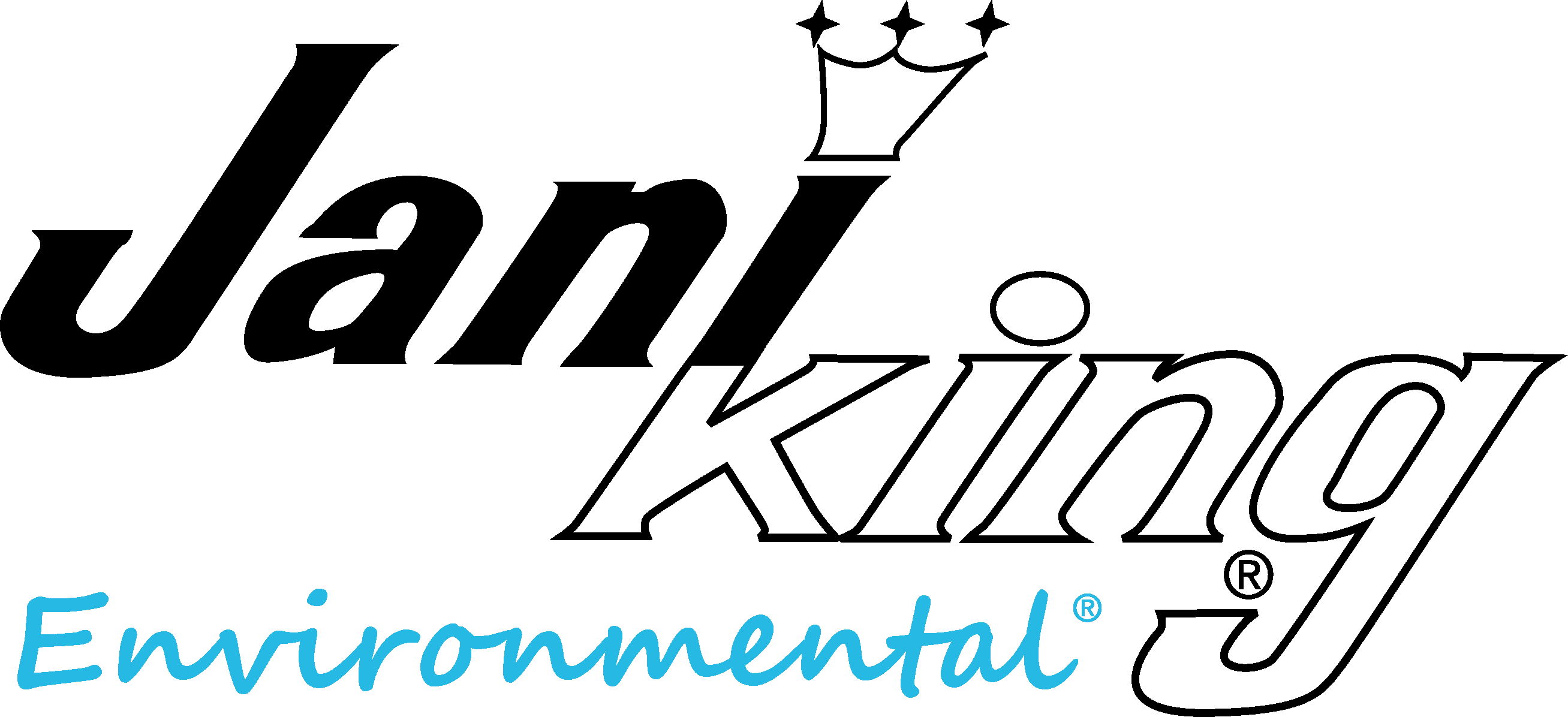Dunedin
Visitors to Dunedin experience a wealth of surprises - far more than the size of the city might suggest.
Dunedin's unique selling points are an enchanting combination of the intriguing and the avant-garde; a compact city of contrasts. A city steeped in heritage, where nature is only moments from the city centre, with warm, genuine people and a temperate climate, Dunedin delivers on its promise that visitors will experience a unique and authentic stay.
The city is renowned for its proximity to incredible wildlife around the magnificent Otago Peninsula. Visit the world's only mainland breeding colony of the Royal Albatross or view the world's rarest penguin, the Yellow-eyed, all in their natural habitat and all accessible within a short drive from the city centre.
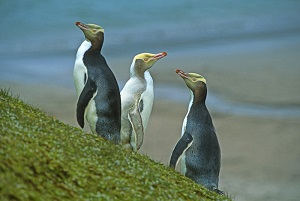
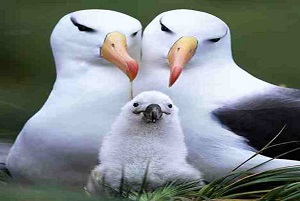
Dunedin is a landscape of striking intensity with many stunning beaches and dramatic cliffs. Dunedin's natural beauty provides the perfect backdrop for a world of recreational activities – nature and bush walks, golf, surfing, mountain biking, harbour cruises, horse riding and salmon fishing.
Business event delegates to Dunedin discover a remarkably educated, creative and innovative city still thriving on its founding values. Dunedin was recently named a UNESCO City of Literature in recognition of its illustrious history of writers and booklovers.
With a world-renowned university, the University of Otago, an innovative polytechnic and dynamic creative and technology sectors, Dunedin boasts a smart and engaged population.
Find out more on what you can see and do in Dunedin click here
Central Otago
In the 1860s this was a place of gold; you can still pan for it amongst the miners' old trails, stone cottages and relics of mine machinery. But the gold today in Central Otago is wine. Pinot Noir, that most fickle of grape varieties, excels in these southernmost vineyards and most of the wineries offer tours and tastings. The area is known for its cycle trails. The 150 km Central Otago Rail Trail follows the route of the old railway; cycle from station to station staying in places little touched by modern hustle and bustle. The Roxburgh Gorge Trail and Clutha Gold Trail also offer unique experiences deep in the heart of Central Otago.
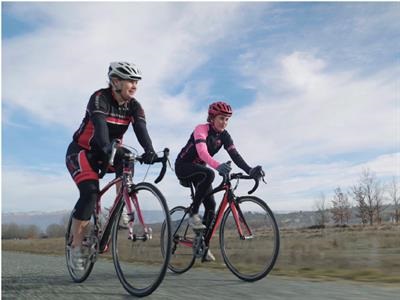
More information here
North Otago
The coastline between Oamaru and Palmerston offers spectacular views of the Pacific Ocean, uncrowded beaches and a host of friendly townships each with their own unique character. The world famous Moeraki boulders are the gateway to the Moeraki village where fishing charters are available and an incredible seafood restaurant sits right on the ocean. Visitors can explore second hand and vintage shops in coastal towns, see an outdoor sculpture park, check out viewing area at a working gold mine or wander down to seal and yellow eyed penguin colonies on the coast.
The whitestone townscape of Oamaru contains some of the best-preserved heritage buildings in New Zealand. In the late 19th century, the town prospered through goldmining, quarrying and timber milling. Some of the wealth was spent on elegant stone buildings made from local limestone. The Harbour-Tyne Street area is particularly special – and the shopping is great too. After exploring the Victorian precinct, swing by the steampunk playground and museum. FInd out more here
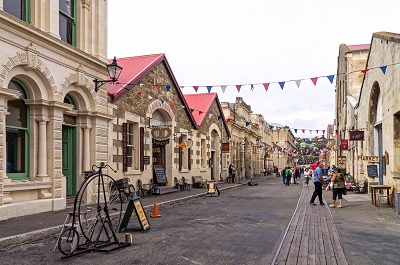
Kurow (Richie McCaw's home town) is centrally located in the middle of the Waitaki Valley and provides the base for many activities including watersports, camping, cycling and fishing. Do a wine tour to Kurow Winery for a platter and wine tasting or stop in at regional wine tasting room, Vintners Drop in the old Post Office. The Kurow Museum is a interesting stop and provides great insights into local history. You can also continue on (or begin your ride on) the Alps 2 Ocean Cycle Trail in Kurow.
South Otago
The rugged, scenic coastline of the Catlins features sandy beaches, blowholes, a petrified forest at Curio Bay, and the Cathedral Caves, which visitors can reach at low tide. Much of the coastline consists of high cliffs, up to 200 m (660 ft) in height, and the land rises sharply from the coast at most points. For this reason, many of the area's rivers cascade over waterfalls as they approach the ocean, notably the iconic Purakaunui Falls.
There are many endangered species of birds, most notably the rare yellow-eyed penguin in this area. The coast attracts numerous marine mammals, among them New Zealand fur seals and Hooker's sea lions.
People have lived in the area since around 1350 AD. Prior to European settlement, the region was sparsely inhabited by nomadic groups of MÄori, most of whom lived close to river mouths. In the early days of European settlement the area was frequented by whalers and sealers, and saw milling became a major local industry from the mid-19th century until the 1930s. Ecotourism has become of growing importance in the Catlins economy, which otherwise relies heavily on dairy farming and fishing.
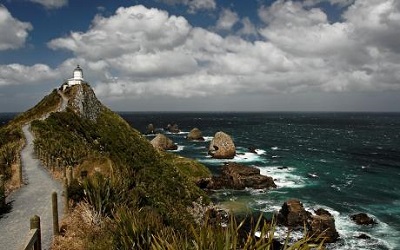







.png)
.jpg)







